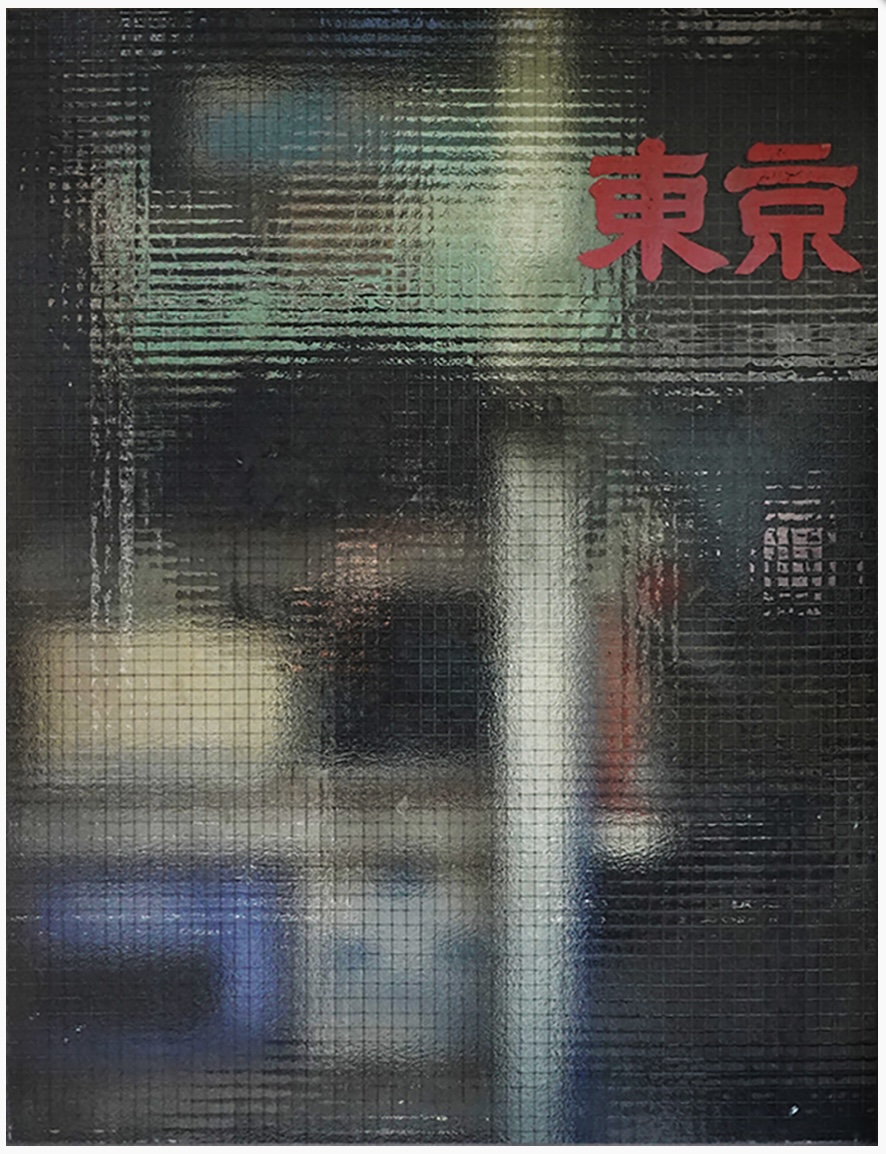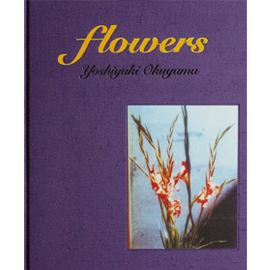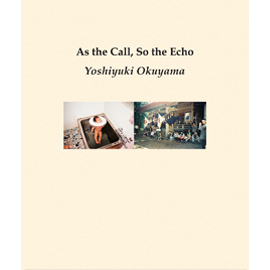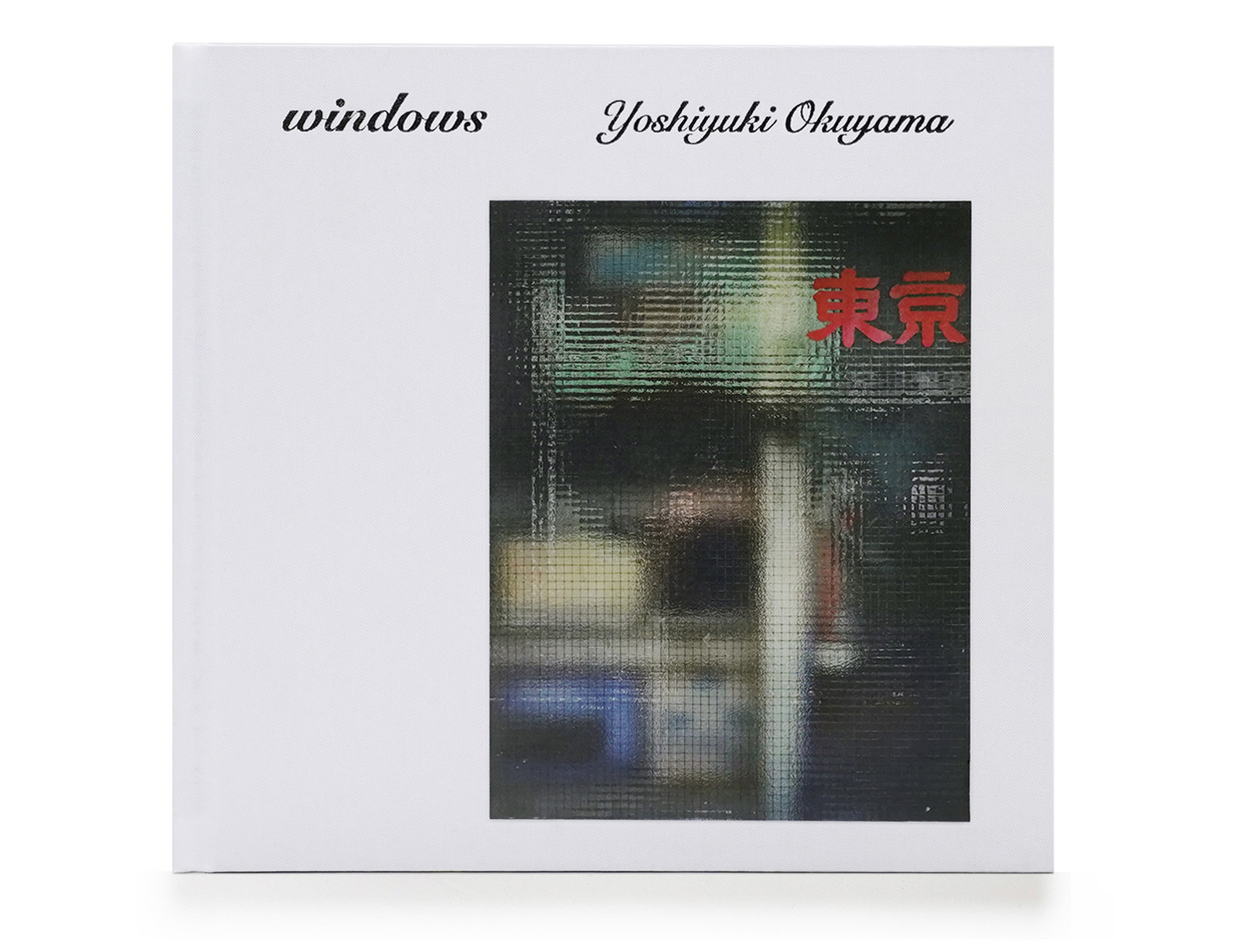
奥山由之『windows』(特別限定版) Special Edition, Limited 500, Signed Book Design:葛西薫、安達祐貴 発行:赤々舎 Size: H194mm × W205mm Page:752 pages Binding:Cloth hardcover Published in June 2023 ISBN:978-4-86541-172-0 |
¥ 18,000+tax
国内送料無料! お支払い方法は、銀行振込、郵便振替、 クレジットカード支払い、PayPal、PayPay よりお選び頂けます。
|
|---|
About Book
窓を通して人々を描く、"東京"のポートレート
windows
Yoshiyuki Okuyama
From as far back as I can remember, whenever I went for a walk I would look at the windows of homes and always enjoy imagining what it was like living there, what kind of people lived there, how did they feel in living their everyday life.
Although window glass separates inside from outside, for me it was like a screen that connected me for a fleeting moment with someone whose appearance was not visible.
During the time I had a lot of opportunities to visit mainly America and European countries either for work or just travel, I would look at windows as was my custom and I could see a dining room or living room through the clear glass and observe, a little self-consciously, the interior of the room and its furnishings.
In 2020 when the coronavirus pandemic made it impossible to go overseas, I started walking around Tokyo and suddenly realized how few times I was able to see the interior of a home. I hadn't noticed until then, but many of the windows seen in Tokyo are not transparent but types called frosted or figured glass. It was obvious to me that this reflected a concern for privacy that was greater than in America and European countries. Of course, clear glass is often installed when windows face a garden, or are high up on a building, or placed where people cannot see through them. But if the house is an old one with windows that face the street or the house next door, usually the windows have been made opaque by blasting them with a powdered mineral. Even many of the contemporary buildings I saw had clouded glass that appeared to be covered with a film.
Opaque glass renders abstract all sorts of everyday objects seen through it, the glass itself becomes an interior pattern that is part of the lifestyle of the people who live in the home--to me it seems like a kind of portrait that conveys not only sounds and smells but even what the people are like. From the abstract patterns that line the window frame I detect the vague expression of someone in Tokyo who I have never seen face-to-face. I even felt that opaque glass, which supposedly functions to avoid the gaze of persons nearby, serves the opposite purpose of inflating my imagination and, as a result, revealing the interior for the very reason that it acts as a veil.
Particularly during the pandemic, the fact that everyone spent much more time at home so that one's own idiosyncrasies and those of the other people living in the home became more apparent than ever before may also have an influence.[...]
Toshiyuki Horie (1964- ), an author and scholar of French literature, writes in his book Tomadou mado (Bewildered window), "Wasn't the window, while being a flat surface, inherently like a picture that manifested an invisible depth?" It is fair to say that the object that is window glass in which transmission and reflection co-exist, is a three-dimensional planar object in terms of exposing things on either side of the surface of the glass. Various objects seen through opaque glass change in appearance depending on the reflection of light at different times of the day and the sense of distance from which they are seen, going back and forth between concrete and abstract, fluctuating, even having a presence similar to a picture that leaves space to imagine the expression of someone never seen before from colors and patterns.
In that sense, you could say that the same window seen from the inside is physically completely different when seen from the outside.
As I look again at the opaque "windows" that blend in as a part of the passing days of our lives, I am amazed at the individuality in the huge variety of expressions projected on the screen and I fall gradually into the illusion that maybe it is I as the watcher who is the one being watched. It's a scary feeling that causes me to stop dead in my tracks.
What is a "window?"
We want to keep out the heat and cold and the wind and rain but let in the sunlight. The window seems to be a paradoxical product that satisfies the conflicting desires of human beings to create a pleasant indoor environment while also enjoying the benefits of the outdoors, and at the same time it serves as an interface that links individuals and society.
In the opaque windows--arguably a sort of symbol of Tokyo with its complex layers of culture and buildings crowded together--I saw the facial expressions of people.
I felt that looking at windows is tantamount to strangers looking at one another.
It is my strong and heartfelt desire that these quiet exchanges of eyes meeting eyes can become portraits of people living in the city of Tokyo.
Excerpts from the Foreword by Yoshiyuki Okuyama
In his 2020 series "flowers," he attempted to engage in a dialogue with his late grandmother through photographing flowers, enabling the camera to respectively embody the perspectives of both himself and his grandmother. Following "flowers," "windows" is the second in a trilogy work that "attempts to depict people through non-human subjects." What underlies Okuyama's works, regardless of their incentive or purpose, is his unique visual expression that treats the contradictions and multifacetedness accompanying all phenomena as themes for production, and discerns the essence of photography in the numerous possibilities that fluctuate before and after the moment that is captured.
Special gifts for the first customers
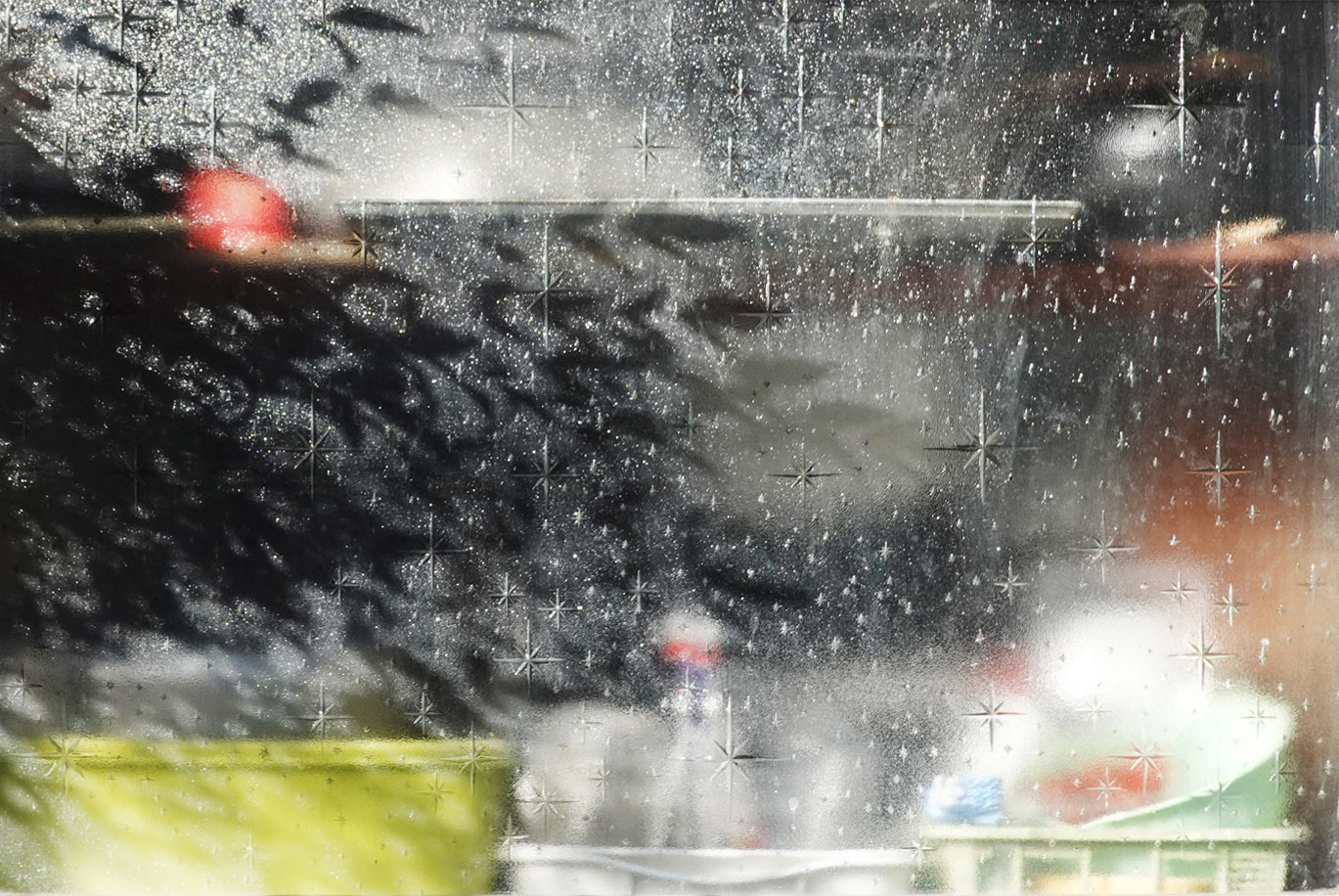
Related Exhibiton
|
奥山由之 「windows」 会期:2023年6月10日(土)〜 7月8日(土) 時間:12:00~19:00(日・月・祝休) 会場:amanaTIGP(東京都港区六本木5-17-1 AXISビル 2F) ※ 初日6月10日(土)のみ17:00まで Print House Session x Yoshiyuki Okuyama x LAG 会期:2023年10月13日(金)〜11月11日(土) 時間:13:00〜19:00(日・月・祝休) 会場:LAG(LIVE ART GALLERY) 東京都渋谷区神宮前2-4-11 Daiwaビル1F Related articles: 奥山由之インタビュー 不透明な窓から描き出す東京のひとびと/窓研究所 奥山由之さんが東京のすりガラスの窓を10万枚も撮ってわかったこと(全5回)/ほぼ日 奥山由之「windows」ガラス窓隔て「会話」を感じる/朝日新聞、好書好日 |
Artist Information
奥山由之
1991年東京生まれ。
第34回写真新世紀優秀賞受賞。第47回講談社出版文化賞写真賞受賞。
主な写真集に、『flowers』(赤々舎)、『As the Call, So the Echo』(赤々舎)、『BEST BEFORE』(青幻舎)、『POCARI SWEAT』(青幻舎)、『BACON ICE CREAM』(PARCO出版)、『Girl』(PLANCTON)、『君の住む街』(SPACE SHOWER BOOKS)、『Los Angeles / San Francisco』(Union publishing)、『The Good Side』(Editions Bessard)、『Ton! Tan! Pan! Don!』(bookshop M)、台湾版『BACON ICE CREAM』(原點出版)、などがある。
主な展覧会は、「As the Call, So the Echo」Gallery916、「BACON ICE CREAM」パルコミュージアム、「君の住む街」 表参道ヒルズ スペースオー、「白い光」キヤノンギャラリーS、「flowers」PARCO MUSEUM TOKYO、「THE NEW STORY」POST など。
Yoshiyuki Okuyama
Born in 1991 in Tokyo.
He received the Canon New Cosmos of Photography Excellence Award in 2011 and the Kodansha Publishing Culture Award in Photography in 2016.
Published photo collections include flowers (Akaaka Art Publishing), As the Call, So the Echo (Akaaka Art Publishing), BEST BEFORE (Seigensha)、POCARI SWEAT (Seigensha), BACON ICE CREAM (Parco Publishing; Taiwanese edition, Uni-Books), Girl (Plancton), Kimi no sumu machi (The Town You Live In; Space Shower Books), Los Angeles / San Francisco (Union Publishing), The Good Side (Editions Bessard), and Ton! Tan! Pan! Don! (bookshop M);
Major exhibitions in Tokyo, As the Call, So the Echo (Gallery916), Bacon Ice Cream (Parco Museum), Kimi no sumu machi (Omotesando Hills Space O), White Light (Canon Gallery S), flowers (Parco Museum Tokyo), and The New Story (Post).
Related Items
|
奥山由之 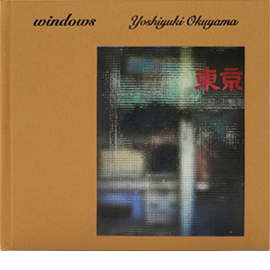 |
|
|
|---|

